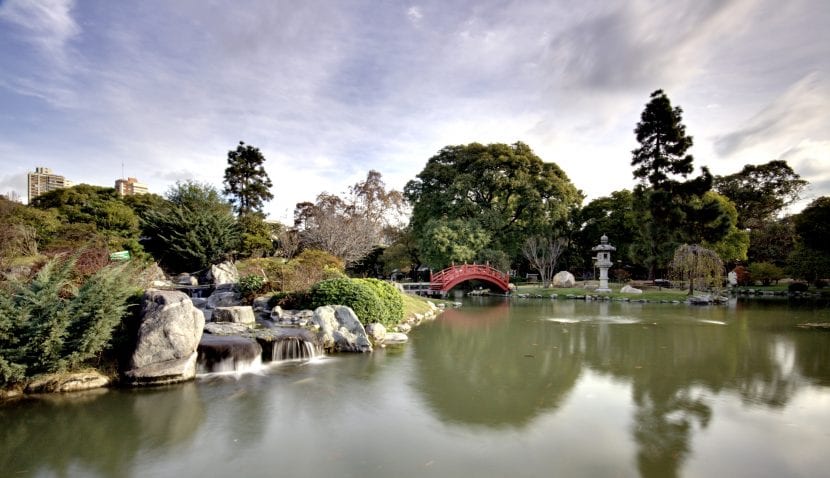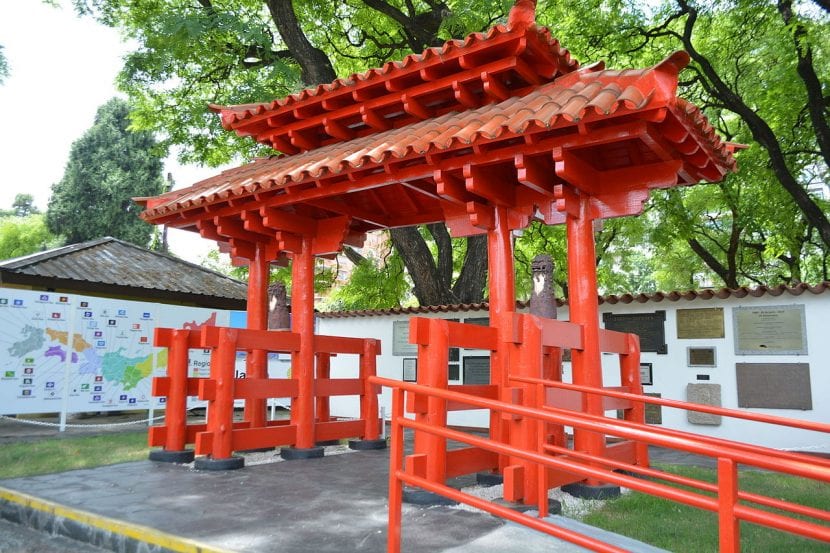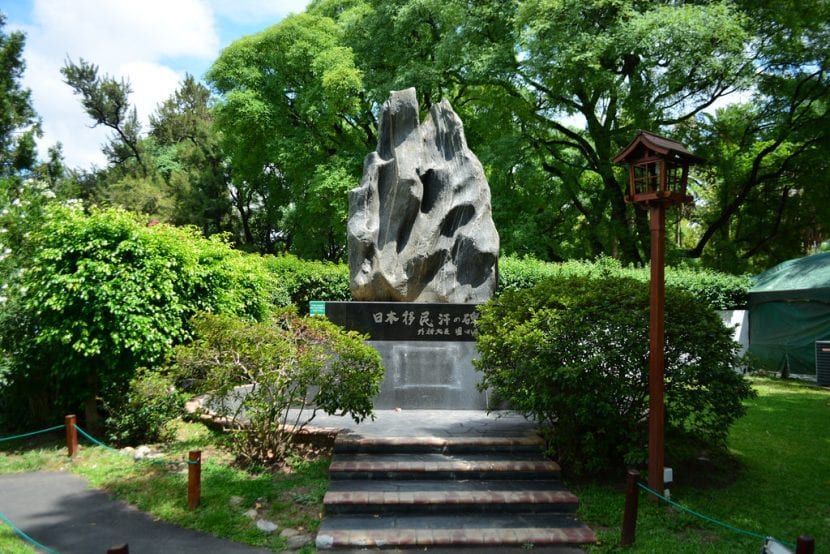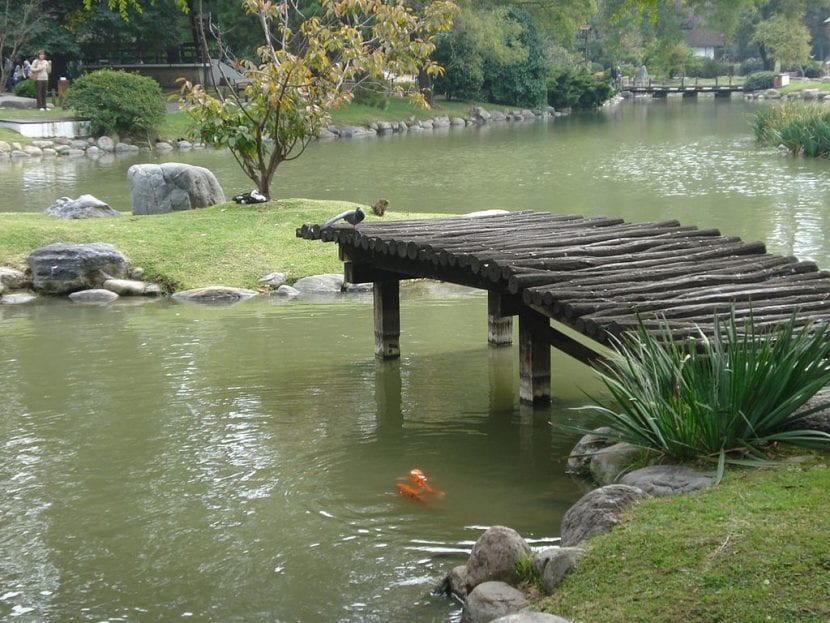
The Japanese garden is an expression created by the human being who tries to understand and respect nature. In it, every element fulfills a unique, charming and wonderful function, and that is that Japan, being at the mercy of earthquakes and tsunamis, is an archipelago where plants have had to adapt like no other in order to survive.
Around the world we can visit incredible samples of Japanese nature, but without a doubt one of the most beautiful is the Japanese garden of Buenos Aires.
History

El Japanese garden of Buenos Aires It was built by the Japanese Collectivity in 1967 on the occasion of the first visit of Crown Prince Akihito and Prince Michiko. A little more than two decades later, in 1989, the Argentine-Japanese Cultural Foundation began to take over the administration of the garden.
From then on, the dissemination activities of Japanese culture increased, and already in 2004 it was declared of Tourist Interest by the Undersecretary of Tourism of the Autonomous City of Buenos Aires, which is not surprising: it seems as if a piece of Japan had crept into Argentina, as the images in this article show.
Today it is considered the largest Japanese garden outside the Japanese country.
What services are offered?

From this Garden it is intended to make Japanese culture known, and for this what they do are guided tours and even cultural trips to Japan. But it also has a reading room, where you can learn more about the eastern country in a quiet place with an incredible view.
It also has a nursery where you can buy bonsai, a sundries shop and a restaurant.
Where are you?

If you want to see japanese maples, Cherry trees, azaleas and other types of plants native to Japan in a really wonderful garden in Argentina, You must go to Tres de Febrero Park, in the Palermo neighborhood, city of Buenos Aires. The entrance has a cost of 95 Argentine pesos, which is 5,33 euros.
You will surely enjoy it a lot 😉.